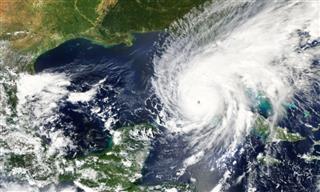E&S market addresses natural catastrophe challenges
- September 4, 2025
- Posted by: Web workers
- Category: Finance

SAN DIEGO — The excess and surplus lines industry is being challenged by the turmoil created by this year’s natural catastrophes.
But the sector’s discipline will allow it to address the numerous catastrophes that have impacted the market, including wildfires, hurricanes and an increase in convective storms, industry executives said Monday at the Wholesale & Specialty Insurance Association’s Annual Marketplace.
Wind-exposed property catastrophes have been a focus of discussions at the conference, but there’s also been much attention paid to secondary perils, including wildfires, winter storms, convective storms and tornadoes.
“It’s just the weather-related risk and how the market is continuing to sort that out and provide the right kind of risk transfer solutions,” said Matt Dolan, president of North America specialty at Liberty Mutual Insurance Co. and its Ironshore unit.
Tim Turner, president of Chicago-based Ryan Specialty Holdings Inc., said there has been much focus on catastrophe risks. “It’s basically pushing more business into the nonadmitted market and creating more opportunities for more carriers,” he said.
“It takes twice as many carriers in many cases to complete the layering opportunities in the E&S market. There’s enough capacity in the market for us to accomplish completing most of these accounts.”
Mr. Turner said that while eventually some business will migrate back into the admitted market, structural changes have modified the E&S market “for the foreseeable future.” He said he expects much of the catastrophe business will stay in the E&S market “because it’s so volatile.”
“There’s no one writing large limits,” he said, adding it is “more disciplined in terms and conditions in the E&S market today.”
It has been a challenging market, said Michael Garrison, Red Bank, New Jersey-based head of wholesale, global specialty, for Navigators, a unit of the Hartford Insurance Group.
Property catastrophes were “historically rated for wind and earthquakes,” he said. “Now, we have multiple models out there,” including for wildfires and convective storms.
With every model, another facet of catastrophe rating comes into play, Mr. Garrison said. “We know the models are wrong,” but they provide good guidelines for underwriting, he said.



